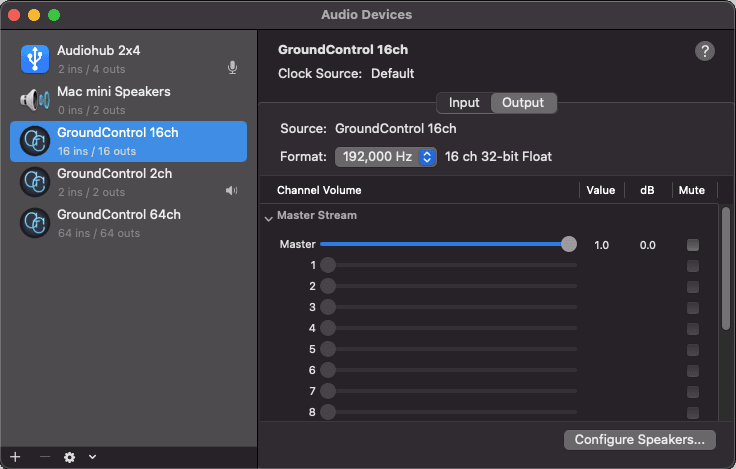
Open the legacy Sound settings window. Then Input option does not need to be changed for this. Set both Aurora’s and whatever other application you want to be visible’s Output to “CABLE Input”. Scroll down to the bottom and click “App volume and device preferences”.  Click the System button, then select the Sound tab. Open the Windows Settings app (Win + i). We need this so we can listen to 2 output devices at once: The default output every application should emit to, and the virtual audio cable we need for Aurora’s visualizer. Windows now has a menu where you can force an application to use an output and input device of your choosing. Aurora doesn’t let you pick the audio output device yet. This makes it so only sound emitted by Spotify is processed and displayed on the keyboard, and does make the visualization change if you change the volume of the music. So I found a way to isolate a single application (in my case, Spotify) in the same audio output as Aurora. One of the things that annoys me about the layer is that every single sound your computer emits will be shown on the keyboard, which isn’t very useful or appealing if you’re talking to someone on Discord for example. They work much like each other and offer few, minor changes.The Audio Visualizer layer allows you to display a representation of whatever you’re listening to on your RGB devices. You can also use hardware connections with VM and VB, so you have more flexibility in audio links. Yes, both VB Cable and Voicemeeter are free to use while offering different settings. You can use it on computers running Windows XP or later. Voicemeeter has the most attractive design among the three alternatives.
Click the System button, then select the Sound tab. Open the Windows Settings app (Win + i). We need this so we can listen to 2 output devices at once: The default output every application should emit to, and the virtual audio cable we need for Aurora’s visualizer. Windows now has a menu where you can force an application to use an output and input device of your choosing. Aurora doesn’t let you pick the audio output device yet. This makes it so only sound emitted by Spotify is processed and displayed on the keyboard, and does make the visualization change if you change the volume of the music. So I found a way to isolate a single application (in my case, Spotify) in the same audio output as Aurora. One of the things that annoys me about the layer is that every single sound your computer emits will be shown on the keyboard, which isn’t very useful or appealing if you’re talking to someone on Discord for example. They work much like each other and offer few, minor changes.The Audio Visualizer layer allows you to display a representation of whatever you’re listening to on your RGB devices. You can also use hardware connections with VM and VB, so you have more flexibility in audio links. Yes, both VB Cable and Voicemeeter are free to use while offering different settings. You can use it on computers running Windows XP or later. Voicemeeter has the most attractive design among the three alternatives. 
All three lack compatibility across platforms, unfortunately. VB-Cable and Voicemeeter are free, while VAC is not. Its use of excessive jargon is also off-putting. The interface is poorly designed and has little appeal. However, the software is rather difficult to use.Įven though it has a user manual, unlike VB-Cable, VAC falls short in every way when considering design. You will find the quality of the output to be the same as the input. When you use VAC to create a virtual cable to transfer audio, there should be no worry of latency in the link when it connects to an application. Why would you have a physical audio connection when you can have a virtual one? VAC helps create virtual audio connections.






 0 kommentar(er)
0 kommentar(er)
